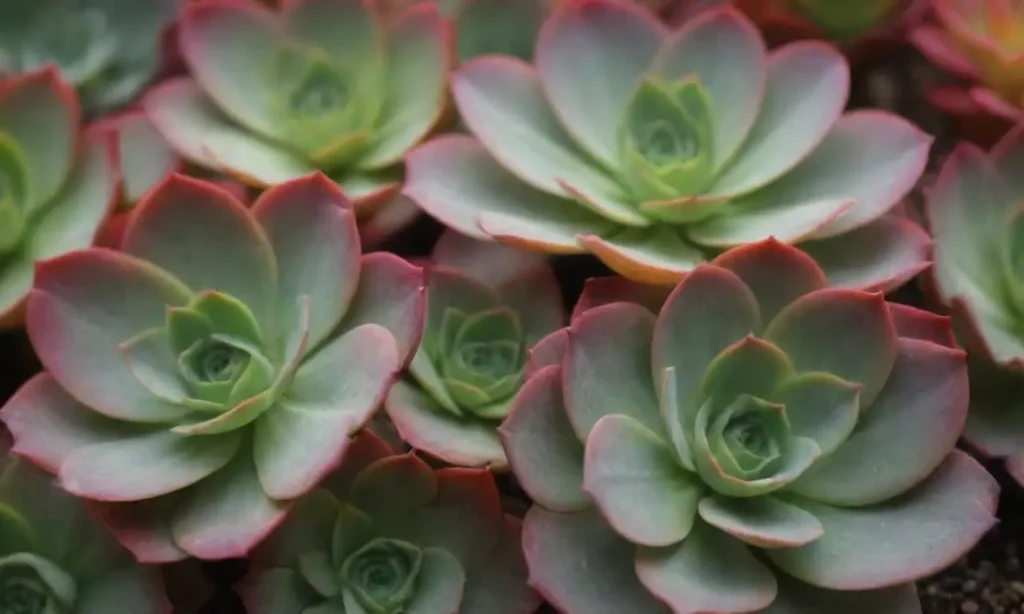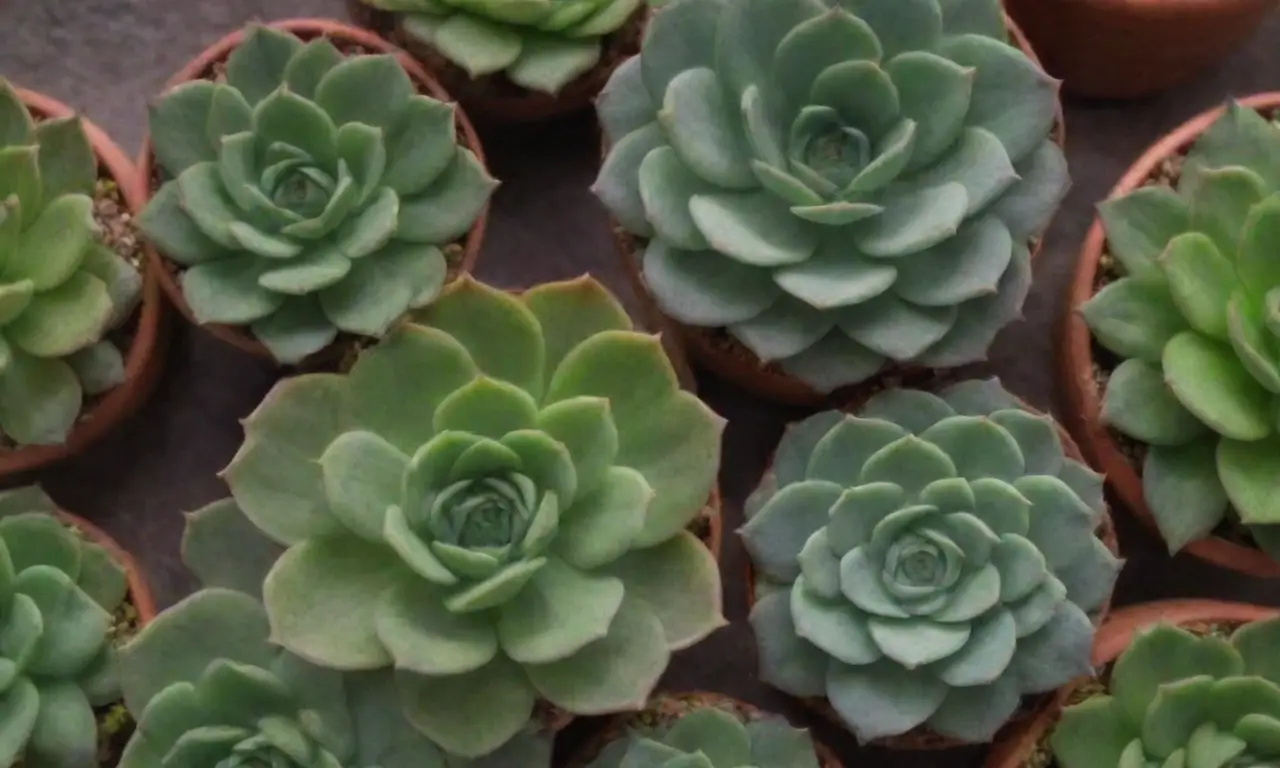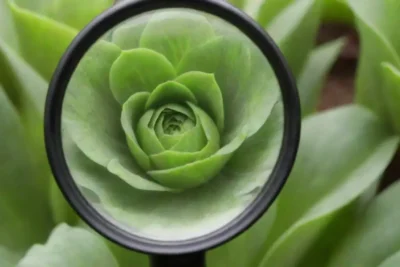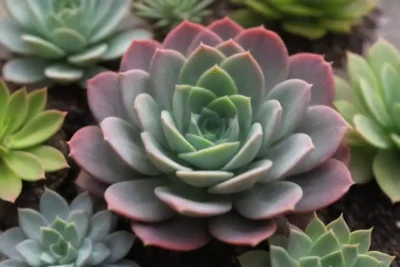
Understanding the Anti-inflammatory Effects of Succulent Plants

Introduction
Inflammation is a complex biological response of the body's immune system to harmful stimuli, such as pathogens, damaged cells, or irritants. While inflammation is a natural and essential part of the healing process, chronic inflammation can lead to various health issues, including heart disease, diabetes, arthritis, and asthma. As researchers continue to explore natural remedies for these conditions, the focus has increasingly shifted towards succulent plants. Known for their unique appearance and drought-resistant qualities, many succulent plants are rich in bioactive compounds that exhibit anti-inflammatory properties. This article will delve into the fascinating world of succulents, exploring their anti-inflammatory effects, the active compounds responsible, and how they can be integrated into daily health regimens.
In this comprehensive guide, we will examine the various categories of succulent plants, their medicinal uses, and the scientific evidence supporting their role in managing inflammation. We will uncover how traditional practices align with new research findings to offer solutions in the realm of health and wellness. By the end of this article, readers will have a well-rounded understanding of succulent plants and their potential contributions to reducing inflammation.
What Are Succulent Plants?
Succulent plants are characterized by their ability to store water in their leaves, stems, or roots, allowing them to survive in arid environments. This adaptation gives them a unique appearance, often featuring thick, fleshy parts that allow for water retention. Succulents are members of several different families of plants, including Cactaceae (cacti), Crassulaceae (stonecrop), and Aizoaceae (ice plants). The diversity among succulent species is vast, with different plants exhibiting varying textures, colors, and shapes.
Succulents are not only popular as ornamental houseplants but also hold a significant place in traditional medicine across various cultures. For centuries, many societies have harnessed the healing properties of succulents, utilizing them in poultices, teas, and tinctures. Their anti-inflammatory capabilities are largely derived from their abundance of antioxidants, flavonoids, and other phytochemicals, which are known to counteract the oxidative stress that can lead to inflammation.
Scientific interest in succulents has surged in recent years, correlating traditional knowledge with modern research. This growing body of evidence is elucidating how succulents can be effectively utilized not only for their aesthetic appeal but also for their health benefits.
The Role of Bioactive Compounds in Succulents
One of the key factors contributing to the anti-inflammatory properties found in succulent plants is the presence of bioactive compounds. Phytochemicals, a category that includes compounds like flavonoids, carotenoids, and polysaccharides, play a crucial role in plant defense mechanisms and have significant health benefits for humans. When consumed, these compounds can modulate the body's inflammatory response.
Flavonoids
Flavonoids are a class of polyphenolic compounds commonly found in plants. They possess strong antioxidative and anti-inflammatory effects, which have been well-documented in scientific literature. In succulents such as Aloe vera, flavonoids such as quercetin and kaempferol have been identified as key players in reducing inflammation. Research has shown that these compounds can help inhibit the production of inflammatory mediators, thereby potentially alleviating symptoms of arthritis and other inflammatory conditions.
 Medicinal Succulents: An Ancient Tradition for Modern Users
Medicinal Succulents: An Ancient Tradition for Modern UsersAdditionally, the ability of flavonoids to act as antioxidants allows them to neutralize harmful free radicals, which are often associated with chronic inflammation. By mitigating oxidative stress, flavonoids contribute to the stabilization of cellular structures and help maintain overall health.
Polysaccharides
Another group of compounds worth mentioning is polysaccharides, which are abundant in plants like Aloe vera and Cactus. These natural sugars have been shown to possess immunomodulatory qualities that can support the body’s response to inflammation. The mannan polysaccharides found in Aloe vera, for instance, have demonstrated significant potential in enhancing the immune system by promoting white blood cell activity.
In addition to their immune-boosting properties, polysaccharides may also facilitate wound healing. This makes them beneficial not only for managing inflammation but also for promoting recovery in cases of injury or surgical procedures.
Popular Succulents with Anti-inflammatory Effects

Among the vast array of succulent plants, several stand out for their particularly potent anti-inflammatory properties. These species have been embraced for both their medicinal and aesthetic qualities. Let’s discuss a few prominent succulents:
Aloe Vera
Aloe vera is perhaps the most renowned succulent, often referred to as a "miracle plant" due to its multifaceted health benefits. Its gel-like leaves are rich in vitamins, minerals, and particularly, anthraquinones—bioactive compounds that exhibit powerful anti-inflammatory effects. The topical application of aloe vera has been found to soothe burns, cuts, and other skin injuries while also reducing inflammation in affected areas.
Consumption of aloe vera juice can contribute to gut health and improve digestive issues, which are often linked to systemic inflammation. Studies indicate that including aloe vera in one’s diet may help decrease inflammatory markers in the body, thus promoting overall wellness.
 Exploring the Connection Between Succulents and Stress Relief
Exploring the Connection Between Succulents and Stress ReliefCactus (Opuntia)
Cacti, particularly the Opuntia species (commonly known as prickly pear), have gained attention for their high content of antioxidants, vitamins, and amino acids. Research has shown that the consumption of cactus fruit may help stabilize blood sugar levels and reduce cholesterol levels, which are often associated with inflammatory conditions.
Prickly pear is also noted for its anti-inflammatory effects on the gastrointestinal tract, where it can help mitigate conditions like gastritis or ulcers. The presence of various bioactive compounds in the cactus makes it a suitable candidate for managing chronic inflammation and supporting metabolic health.
Sedum (Stonecrop)
Another intriguing succulent is Sedum, a genus that encompasses a variety of plants known for their thick leaves and stems. Sedum species are believed to possess both anti-inflammatory and antioxidative capabilities. The phytochemicals found in Sedum may inhibit inflammatory responses, making them effective in alleviating conditions related to chronic inflammation.
Additionally, Sedum is often used in traditional medicines worldwide, where it has been employed to treat various ailments, from skin conditions to respiratory issues. This versatile plant demonstrates the society's reliance on succulents for health benefits triggered by inflammation.
How to Use Succulent Plants for Anti-inflammatory Benefits
Given the recognized benefits of succulent plants, integrating them into your daily regimen can be a simple yet effective way to manage inflammation. Here are several approaches to consider:
Culinary Uses
One of the most straightforward methods is through oral consumption. Aloe vera can be blended into smoothies or consumed as juice. However, it is crucial to ensure that the aloe product is suitable for internal use. The cactus fruit can be enjoyed raw, or it can be made into jams, jellies, or added to salads. Experimenting with these succulent ingredients in cooking not only enhances flavors but also incorporates their anti-inflammatory properties into your diet.
Topical Applications
For those seeking relief from localized inflammation, topical applications are highly effective. Aloe vera gel can be applied directly to the skin to soothe burns, cuts, or irritated areas. Additionally, products containing extracts from prickly pear or Sedum can help relieve dermatological conditions. When opting for commercial products, always choose those with high purity to ensure you’re getting the most benefits.
 Sedum: The Versatile Succulent You Didn't Know Was Medicinal
Sedum: The Versatile Succulent You Didn't Know Was MedicinalHerbal Remedies
Dried succulent plants, such as certain Sedum varieties, can be brewed into herbal teas. These teas can provide soothing relief and help mitigate inflammation from within. Infusing succulents in hot water extracts their beneficial compounds, making it an enjoyable way to incorporate these plants into your routine.
Conclusion
The journey into the world of succulent plants unveils an array of possibilities for enhancing health, particularly in combating inflammation. From Aloe vera to cactus, these plants embody a wealth of bioactive compounds that hold significant potential for the prevention and management of inflammatory conditions. With their long-standing presence in traditional medicine and an evolving understanding supported by scientific research, succulents offer promises that cannot be ignored.
By cultivating awareness about the anti-inflammatory effects of succulent plants, individuals can take steps toward a healthier lifestyle. Whether through culinary applications, topical remedies, or herbal infusions, integrating these plants into daily life may provide far-reaching benefits. As always, it is advisable to consult with healthcare professionals, particularly for individuals with existing health conditions or those already on medication.
In your journey toward enhanced well-being, consider nurturing a few succulent plants in your home or experimenting with them in your next meal. As research progresses and our understanding deepens, the full spectrum of benefits that succulent plants have to offer will become even more apparent. Embrace the natural world and its capabilities, and let these resilient plants contribute positively to your health.
If you want to read more articles similar to Understanding the Anti-inflammatory Effects of Succulent Plants, you can visit the Medicinal Uses category.






You Must Read